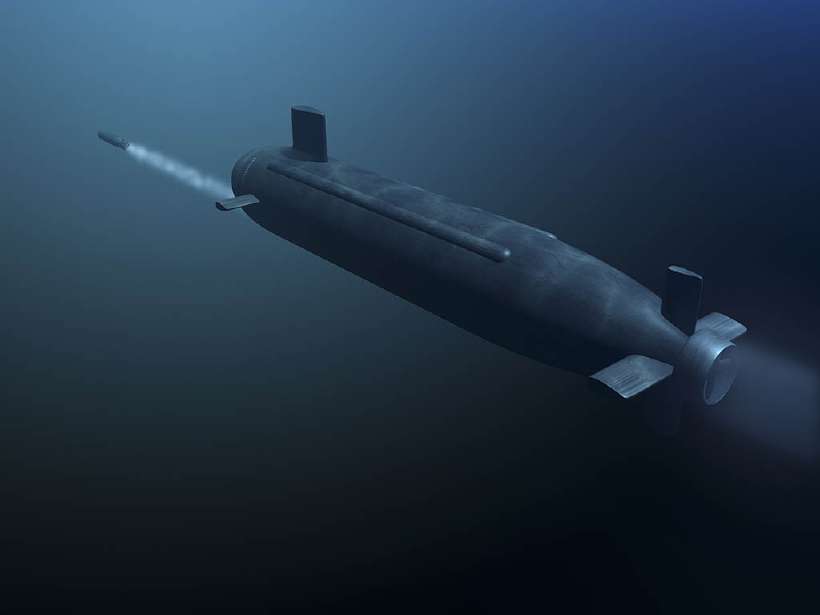Which Film Stars were Inventors Too?
Home / Science for Kids / 5Ws & H For Kids / Which Film Stars were Inventors Too?
Most movie fans have seen or at least heard of Hollywood legends Hedy Lamarr and Steve McQueen. But how many know that these two were inventors who have significantly changed our lives. Nobody? Not surprising.
But it’s true. Hedy Lamarr and Steve McQueen were both Hollywood stars and inventors. Hedy Lamarr thought of torpedoes guided by radio signals and Steve McQueen invented the bucket seat that has revolutionised the automobile industry.
However, Hedy’s invention was never used for the purpose invented. Instead it is now used in satellite communications today.
Hedy was born Hedwig Eva Marie Kiesler on November 9, 1914 in Vienna, Austria. Best known for Hollywood director Mel Brooks “cowboy” film parody ‘Blazing Saddles’, she started her movie career at 17 when she was discovered by Max Reinhardt. Among her first films was the 1931, German film ‘Die Koffer des Herrn O.F.’ (The Suitcases of Mr. O.F.).
In 1933, she married Friedrich (Fritz) Mandl, an arms dealer. Being exposed to weapons and weaponry, she came up with the idea of a radio-controlled torpedo. She soon learned that radio signals could be easily jammed and dropped the idea.
In 1937, Hedy left Austria and her husband to shift to America, like many artists who were becoming uncomfortable in Adolf Hitler’s Germany with its increasing shades of Naziism.
On the ship Normandie, she met Louis B. Mayer who signed her for a seven-year contract with MGM and she changed her name to Hedy Lamarr in memory of the silent screen actress Barbara La Marr.
When World War II was declared in 1939, Hedy again brought up the subject of a radio-controlled torpedo. She suggested the idea to music composer George Antheil.

They realised that if they were able to change the radio signal frequency at random intervals (called frequency hopping) the the signals could not be jammed and torpedo would work. In June 1941 they filed a patent for their invention.
Unfortunately the patent expired in 1959 without anyone making any use of it. It was ironic that the U.S. military simply let the patent languish. It was only in 1997 that the invention was formally acknowledged.
Instead of “frequency hopping”, the term used today is “spread spectrum” which was tested to make cellular phone calls more secure from eavesdroppers.
Unfortunately for Lamarr, who could use some of that money, the patent expired long ago.
Steve McQueen’s life is a rags to riches story. Born in Beech Grove, Indiana, on 24 March 1930, Steve was the product of a broken home. Coming into the movies, Steve McQueen became one of the most popular stars and basked in the adulation of his fans.
Though born in Indiana, Steve was raised by his great-granduncle in rural Missouri. In his early teens his family moved to Los Angeles, where Steve drifted into petty crime. He was arrested for stealing hubcaps from cars and sent to reform school – the Boys’ Republic in Chino, California. Reform school really straightened McQueen out.
McQueen drifted to Hollywood and eventually to films where he hit stardom. He is credited with being one of the best actors in Hollywood history and his films are considered classics.
Acting in films such as ‘The Great Escape’, ‘The Sand Pebbles’, (for which he received an Academy Award nomination), ‘The Thomas Crown Affair’, ‘The Magnificent Seven’ and ‘Papillon’ among others, McQueen loved to play characters who had a secret sorrow in life that made them different from others — more a reflection of his childhood.
McQueen, like other film stars James Dean and Paul Newman, was addicted to living in the fast lane. He was well known as a racing car driver and loved to race and tinker with engines on and off camera. Initially McQueen even contemplated the idea of designing clothing accessories for auto racers and motorcycle racers.
A motoring enthusiast he found racing cars had poorly designed seats leading to driving problems. Racers were fidgeting in their seats, craning their necks and hurting their back instead of relaxing and being comfortable. So he designed a seat, which took the shape of the human back.
On December 8, 1969, he filed for patent for the invention of the bucket seat. The bucket seat took the auto world by storm. Today, it is the basis for almost all roadsters and grand prix machines on the racetrack and on city roads.
739 words |
7 minutes
Readability:
Grade 8 (13-14 year old children)
Based on Flesch–Kincaid readability scores
Filed under: 5ws and h
Tags: #world war ii, #patents, #signals, #academy award, #radio, #invention, #films, #frequency, #hollywood
You may also be interested in these:
How do Animals Communicate?
Cigarette Packs that Talk
What does SOS mean?
Bruce Lee
Who Invented the Photocopying Machine?